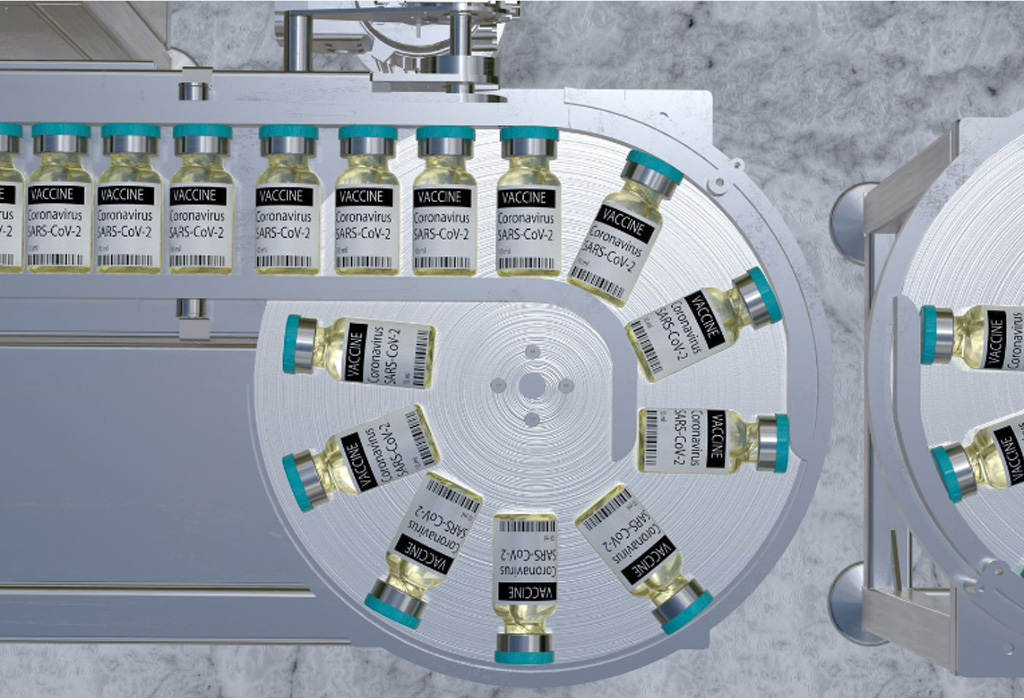In a significant breakthrough, scientists from Trinity College Dublin have developed a promising gene therapy for treating glaucoma, a serious eye condition that affects around 80 million people globally and can lead to complete vision loss. The therapy builds on their previous success in treating dry age-related macular degeneration (AMD) and holds potential for transforming the treatment of glaucoma.
The team’s research, recently published in the International Journal of Molecular Genetics, shows how the gene therapy can significantly protect and improve the function of key retinal ganglion cells (RGCs) in animal models of glaucoma. In addition, it demonstrated enhanced performance in human cells derived from glaucoma patients, with the therapy increasing oxygen consumption and boosting ATP (energy) production.
How the Therapy Works
The gene therapy, which uses an approved virus to deliver an enhanced gene (eNdi1) developed by the Trinity team, is designed to boost mitochondrial activity and reduce harmful reactive oxygen species. Mitochondria, known as the “powerhouses” of the cell, play a vital role in producing ATP, the energy needed for cell survival and function. By targeting these cellular generators, the therapy aims to improve energy production and protect the optic nerve cells that are vital for vision.
Dr. Sophia Millington-Ward, Research Fellow at Trinity’s School of Genetics and Microbiology and the first author of the study, explained the importance of the research:
“Glaucoma is a complex group of optic neuropathies and a leading cause of blindness. In Europe, roughly 1 in 30 people aged between 40 and 80 years have glaucoma, and that rises to 1 in 10 in persons over 90, so this is a really common condition that badly needs new treatment options.”
She highlighted that current treatments, such as eye drops, surgery, or laser therapy, often have inconsistent outcomes or cause side effects, underscoring the urgent need for alternative approaches.
A New Frontier in Glaucoma Treatment
The development of gene therapies for glaucoma represents a significant step forward in tackling this multifactorial disease. The therapy’s potential to enhance mitochondrial function addresses a key element of cell survival and protection, offering a targeted approach that current treatments lack.
Professor Jane Farrar, senior author of the research and a professor in Trinity’s School of Genetics and Microbiology, emphasized the broader importance of this work:
“Developing broadly applicable gene therapies for large numbers of patients is particularly important, given high development costs associated with each therapy — and here we have highlighted this therapy has real potential for boosting mitochondrial function in glaucoma.”
Expanding Horizons: From Lab to Clinic
With these foundational achievements, the research team has already set its sights on the next challenge: translating their findings into clinical trials. To expedite the process, the team, in collaboration with Loretto Callaghan, founded Vzarii Therapeutics. The newly formed company aims to accelerate the development of gene therapies for both dry AMD and glaucoma, bringing them closer to being tested in human clinical trials.
The work done by the Trinity team represents an exciting development in the quest for more effective treatments for glaucoma, offering hope to millions of patients worldwide who suffer from this debilitating condition. As the team continues its efforts toward clinical application, the future of glaucoma treatment may soon be transformed through the power of gene therapy.
Join us at the Cell and Gene Therapy Manufacturing Summit 2025 from 12th – 13th February 2025 in Switzerland! This is the premier event where leaders in the cell and gene therapy industry gather to explore cutting-edge advancements in manufacturing technologies. Be part of the discussions on breakthrough innovations like bioreactors, CRISPR-based manufacturing, and universal donor iPSCs. With over 200 attendees, 30+ expert speakers, and extensive networking opportunities, this is your chance to drive the future of CGT and unlock the potential of revolutionary therapies. Don’t miss out—come and shape the next generation of manufacturing! Find out more at: https://imapac.com/events/cell-and-gene-therapy-manufacturing-summit/
Source: https://www.sciencedaily.com/releases/2024/09/240909160257.htm





